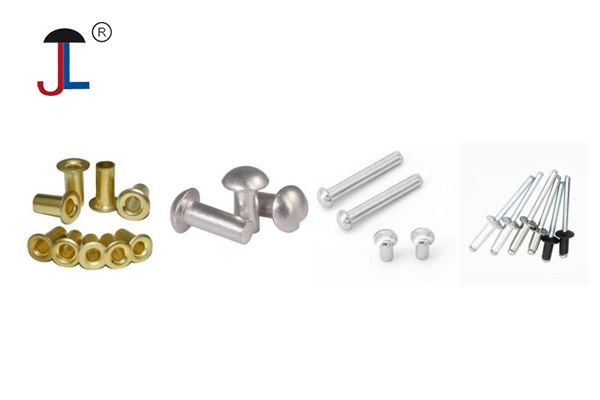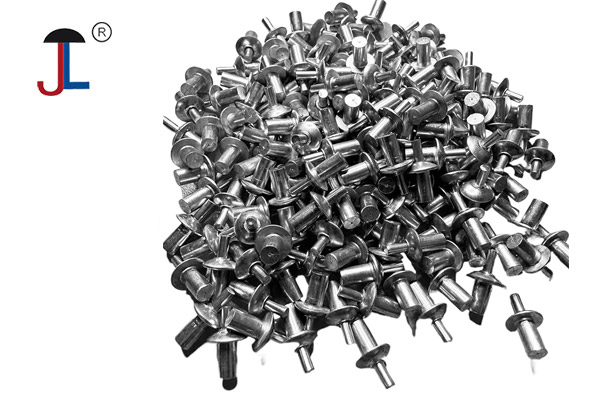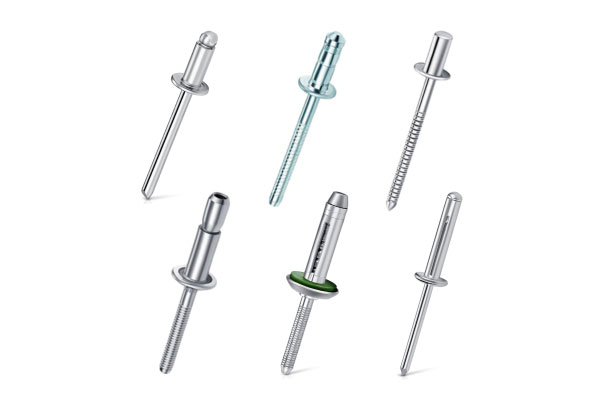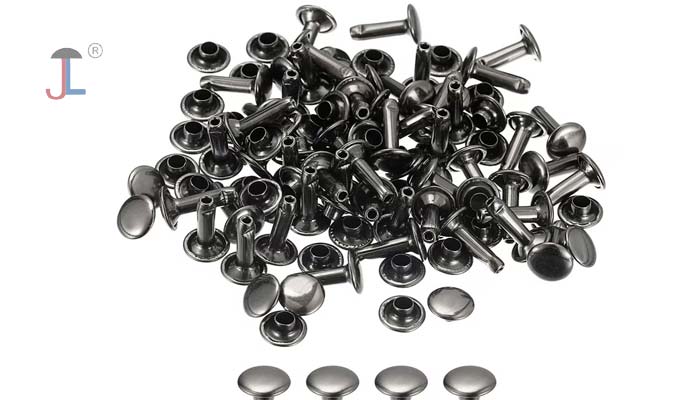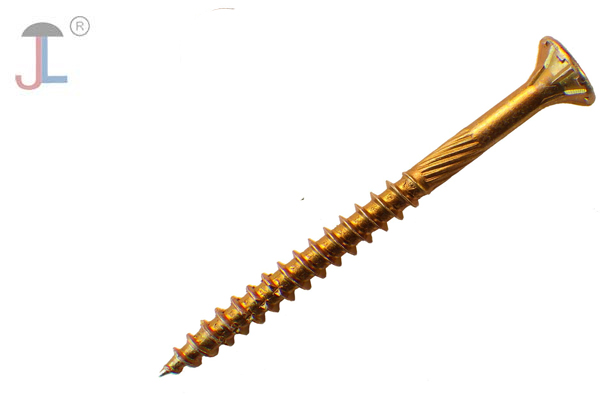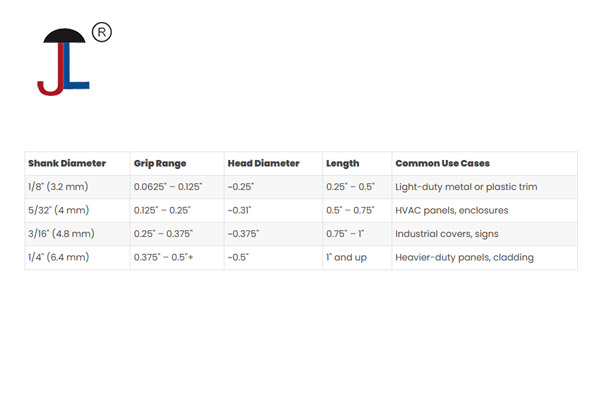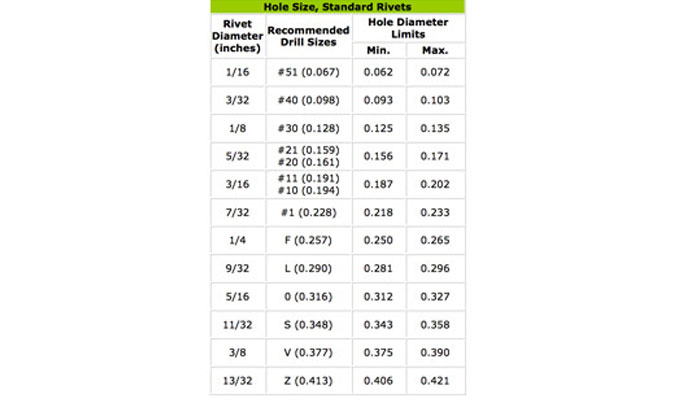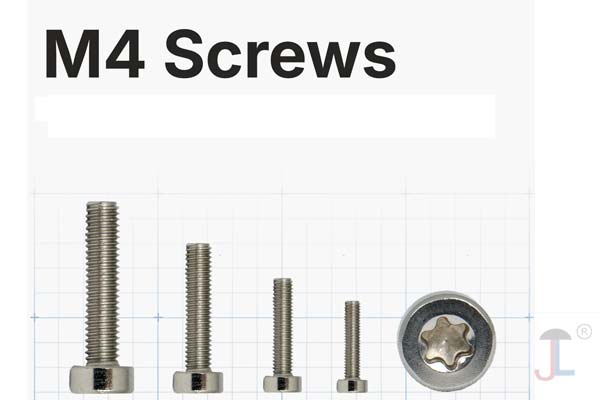
Here's a clear breakdown:
- Metric designation: The "M" stands for metric, meaning the screw dimensions follow the ISO metric standard.
- Diameter: The number "4" indicates the nominal outer diameter of the screw's threads in millimeters. So, an M4 screw has a 4 mm diameter.
-
Thread pitch: Metric screws also have a thread pitch, which is the distance between threads. For an M4 screw:
- Standard (coarse) pitch: 0.7 mm
- Fine pitches are also available (like 0.5 mm or 0.6 mm), depending on the application.
- Length: The screw's length is measured from the tip to the point where the head sits (not including the head itself if it's a flat head). M4 screws come in various lengths, like 10 mm, 20 mm, 30 mm, etc.
-
Head types: M4 screws can come with different head styles, such as:
- Pan head
- Countersunk flat head
- Hex head
- Button head
- Material & strength: They can be made from steel, stainless steel, brass, or other materials, and have different strength grades (like 8.8, 10.9 for steel).
M4 screws are used in electronics, machinery, furniture assembly, and other applications where precise fastening is needed with a pre-tapped hole or a matching nut. The screw is fully threaded from just below the head to the tip, and is usually blunt-ended rather than tapered like wood screws.
The driver tool used depends on the head type, such as a 2.5/3mm hex key for socket head, PH1 or PH2 screwdriver for Phillips, or a 4mm wrench for hex head screws.

